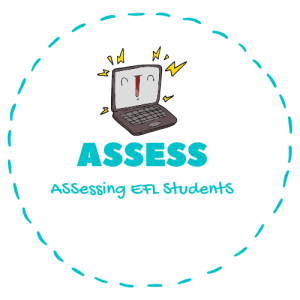Learning a Foreign Language through Language Learning Apps
Mobile apps have been changing the way we communicate, shop, work, learn and entertain ourselves. Especially since the start of the Covid-19 pandemic their influence in our lives have been multiplied: We use communication and team-work apps for remote work almost everyday; we can do our grocery shopping through our mobile phones without going to the “crowded” supermarkets; we can practice our “daily workout” from home; and we can develop our knowledge and skills on various subjects, including a foregin language, while sitting on our sofa.
Indeed, language learning apps appear to be one of the most popular apps today; but how effective are they in making the learner gain necessary skills to understand, write and communicate in a foreign language? According to a research conducted by Shawn Loewen, a professor of second language studies, the apps are helpful in learning the basics of a language, but it remains to be difficult to use what is learnt in real life: “If you teach people explicitly to memorize vocabulary and grammar rules, most people will learn that. (…) But it’s much harder to take that knowledge and translate it into the ability to use language — to speak it, understand what you’re hearing, and respond in an appropriate way” [Read More].
Considering their user-friendliness and impact to a certain extent, such apps and other digital solutions can also be used as complementary tools in traditional language training and education at schools. In our project, ASSESS, we have been developing a tool as such, the Online Exam Creator (OEC), which aims at supporting EFL teachers with a pool of various teaching and assessment materials. The OEC tool is expected to be finalized by the end of 2021. Follow our website for more information.

